Are you curious about the dark side of history? Join us as we take a chilling journey back to the medieval era and explore the gruesome torture devices that defined a dark age. We’ll unveil the sinister Iron Maiden and the agonizing Rack, uncovering the macabre mechanisms used to inflict unimaginable suffering. Get ready to delve into the haunting history and ethical implications of these instruments of terror, revealing the brutal and ingenious side of human nature during a time when pain and punishment were inextricably linked.
Medieval Torture Devices: Instruments of Agony and Fear
In the dark ages of the Middle Ages, torture was a common horror used to inflict unspeakable suffering. Ingenious in their cruelty, medieval torture devices were crafted to cause excruciating pain, leaving their victims forever scarred or lifeless.
The Arsenal of Torment
1. The Rack: This fearsome contraption stretched victims’ limbs to their limits, dislocating joints and tearing muscles. The agony inflicted was unimaginable.
2. Iron Maiden: A metal coffin of nightmares, the Iron Maiden crushed its victims to death with its spiked interior. A gruesome spectacle of suffering.
3. Pear of Anguish: A horrific device inserted into the body’s most sensitive orifices, the Pear of Anguish tore through flesh and caused unbearable pain.
4. Heretic’s Fork: A metal contraption placed under the victim’s chin or chest, it prevented them from speaking or breathing, making every moment a struggle for survival.
5. Scavenger’s Daughter: A cage suspended over a roaring fire, the Scavenger’s Daughter slowly roasted its victims while scavengers fed on their burning flesh. A gruesome dance of agony and despair.
Techniques of Torture
Trained tormentors wielded these devices with sadistic precision. Victims were subjected to prolonged stretching, dismemberment, and other horrors. Multiple devices were often used on a single victim, each adding to the symphony of pain.
The Twisted Purpose
Medieval society justified torture for punishing crimes, extracting confessions, and instilling fear. It was believed that inflicting pain could purify souls and deter evil. However, the cruelty often went far beyond any moral rationale.
A Dark Remembrance
Medieval torture devices are a haunting testament to the depths of human cruelty. Their macabre legacies remind us of the horrors endured by countless victims. Understanding their mechanisms and motives sheds light on the fragility of justice and the urgent need to protect human rights.
Torture has been used throughout history to inflict pain and suffering on individuals. Some of the most horrific torture devices were used in medieval times, such as the stretching torture device. The worst torture methods in history have been documented and continue to be a source of fascination and horror. Discover the medieval torture devices and methods that were used to inflict unimaginable pain and suffering.
How were torture devices used in the Middle Ages?
In the dark depths of the Middle Ages, torture devices were the gruesome tools of the trade. Designed to inflict unbearable agony, they left victims scarred for life or dead in their wake.
Torture was no mere pastime. It was a way to punish, interrogate, and break the wills of those who dared to challenge authority. From heretics to criminals, none were spared from the torment.
Painful Inventions
Medieval torturers had an arsenal of devices that could make even the bravest souls tremble.
- The Rack: This fearsome contraption stretched victims’ bodies until their bones cracked or their joints gave way.
- The Iron Maiden: A nightmarish cage adorned with razor-sharp spikes, it impaled victims from within.
- The Breaking Wheel: A cruel wooden wheel that crushed limbs into pulp.
- Impalement Sticks: Nasty rods that were thrust through prisoners’ bodies, causing agonizing wounds.
- The Thumbscrew: A vice-like device that crushed thumbs to squeeze out secrets.
- Waterboarding: Victims were submerged until they felt like drowning, all to break their resolve.
Why Torture?
Torture wasn’t just a matter of inflicting pain. It had specific purposes:
- Religious Zeal: Heresy was a serious crime against the Church. Torture was used to punish those who dared to stray from the flock.
- Justice Served: Criminals faced brutal torture as punishment for their misdeeds. The more heinous the crime, the more severe the torture.
- Control and Fear: Torture was a chilling reminder of the power held by the ruling class. It instilled fear in the hearts of the people and kept them in line.
A Legacy of Suffering
Torture devices and the Middle Ages go hand in hand. They symbolize a time when cruelty and savagery were commonplace. The suffering that these devices inflicted left an unforgettable mark on history, reminding us of the darkness that humans are capable of.
What was it like to experience medieval torture?
Picture this: you’re up on a wooden rack, your arms and legs stretched so far apart that you hear your bones crack. The agony is mind-boggling, like your muscles are ripping right off your body. But that’s just one of the horrors you’d face as a victim of medieval torture.
Back then, people had come up with hundreds of different ways to make people suffer. They had whips that shredded flesh, thumb screws that crushed fingers, and even iron maidens that were like giant, spiky hug machines of pain. The point was to make you howl in agony, both physically and mentally.
Torture was often carried out in public, so everyone could see and be scared into following the rules. It was a way of making sure people didn’t step out of line, because they knew what would happen if they did.
Even though torture was super common in medieval times, it wasn’t like they were torturing every single person. It was mostly used on the worst of the worst criminals. But for those who were unlucky enough to go through it, the experience was a living nightmare.
The physical pain was unbearable: The torture devices were designed to inflict maximum agony, often leaving permanent damage. Bones were shattered, muscles were ripped, and skin was peeled off.
The mental torture was just as bad: Victims were isolated, humiliated, and kept in constant fear of what would happen next. It was a way of breaking their spirits and making them lose all hope.
The loss of dignity was the worst part: Torture was designed to not only cause pain but also to strip victims of their dignity. They were often forced to endure it in front of a crowd, which made them feel ashamed and humiliated.
Experiencing medieval torture was a living hell. It was a brutal and inhuman practice that reflected the harsh realities of life in those days.
What are the most famous medieval torture devices?
Imagine a time when inflicting pain and suffering was considered a legitimate way to extract information or punish wrongdoers. The medieval era was marked by the use of terrifying torture devices that inflicted unimaginable anguish upon their victims.
From the ghastly Rack to the gruesome Breaking Wheel, these contraptions were designed to cause excruciating pain and often led to severe injuries or even death. Let’s delve into the chilling details of some of the most infamous medieval torture devices:
The Rack of Agony
Picture a wooden frame with rollers at each end. The victim was stretched across the frame, their limbs tied to ropes that were wound around the rollers. As the ropes were tightened, the victim’s body was pulled in opposite directions, dislocating joints and causing intense pain. This excruciating ordeal could last for hours or even days.
The Breaking Wheel of Death
This barbaric device was used as a form of execution. The victim was tied to a large wooden wheel and their limbs were repeatedly bashed with an iron bar. The crushing blows fractured the victim’s bones, leaving them in excruciating pain until they slowly succumbed to their injuries.
The Iron Maiden’s Embrace
Imagine a coffin-shaped device with sharp spikes protruding from the inside. The victim was placed inside and the door was closed, crushing their body and piercing their skin with the merciless spikes. This horrific contraption caused severe pain and often led to internal injuries and death.
Impalement: A Slow and Painful Demise
Impalement Sticks were sharp, wooden stakes that were used to pierce through a victim’s body. They could be inserted through the abdomen, chest, or mouth, causing immense agony and a prolonged, agonizing death.
The Thumbscrew’s Cruel Tightening
This device was designed to inflict excruciating pain on the victim’s thumbs. A screw was turned, crushing the thumbs and often causing permanent damage. The intense pain could force the victim to confess or reveal information they would otherwise have kept secret.
The Boot’s Blazing Heat
The Boot was an iron device that was heated to a scorching temperature and then placed on the victim’s feet. As the metal cooled, it constricted and crushed the feet, causing severe pain and often irreversible disfigurement.
These are a mere glimpse into the array of horrific torture devices used during the medieval era. They serve as a chilling reminder of the cruelty and barbarism that existed during that time. These instruments of pain and suffering are a testament to the darkest side of human history.
FAQ
Q1: What were the most gruesome medieval torture devices?
A1: Some of the most gruesome medieval torture devices included the rack, the iron maiden, the pear of anguish, the breaking wheel, and the Judas cradle. These devices were designed to inflict excruciating pain and suffering, often leading to permanent disfigurement or death.
Q2: How were torture devices used in the Middle Ages?
A2: Torture devices were used in the Middle Ages for a variety of purposes, including extracting confessions, punishing criminals, and deterring future crimes. Torture was often carried out in public as a means of intimidation and social control.
Q3: What was it like to experience medieval torture?
A3: Medieval torture was a horrific experience that could result in severe physical and psychological trauma. Victims of torture often experienced excruciating pain, disfigurement, and even death. The mental anguish caused by torture could be just as devastating as the physical pain.
Q4: What are the most famous medieval torture devices?
A4: Some of the most famous medieval torture devices include the rack, the iron maiden, and the Spanish Inquisition’s “pear of anguish.” These devices have become iconic symbols of the brutality and inhumanity of medieval torture.
Q5: What are the ethical implications of medieval torture devices?
A5: The use of torture devices in the Middle Ages raises serious ethical questions. Torture is a cruel and inhumane practice that violates basic human rights. The use of torture can also lead to false confessions and miscarriages of justice.
- Senior at What Age: Benefits & Eligibility Guide - March 29, 2025
- Unlocking Senior Benefits: How Old is a Senior? Your Complete Guide - March 29, 2025
- Master Russian Politeness:A Guide to Saying Please - March 29, 2025
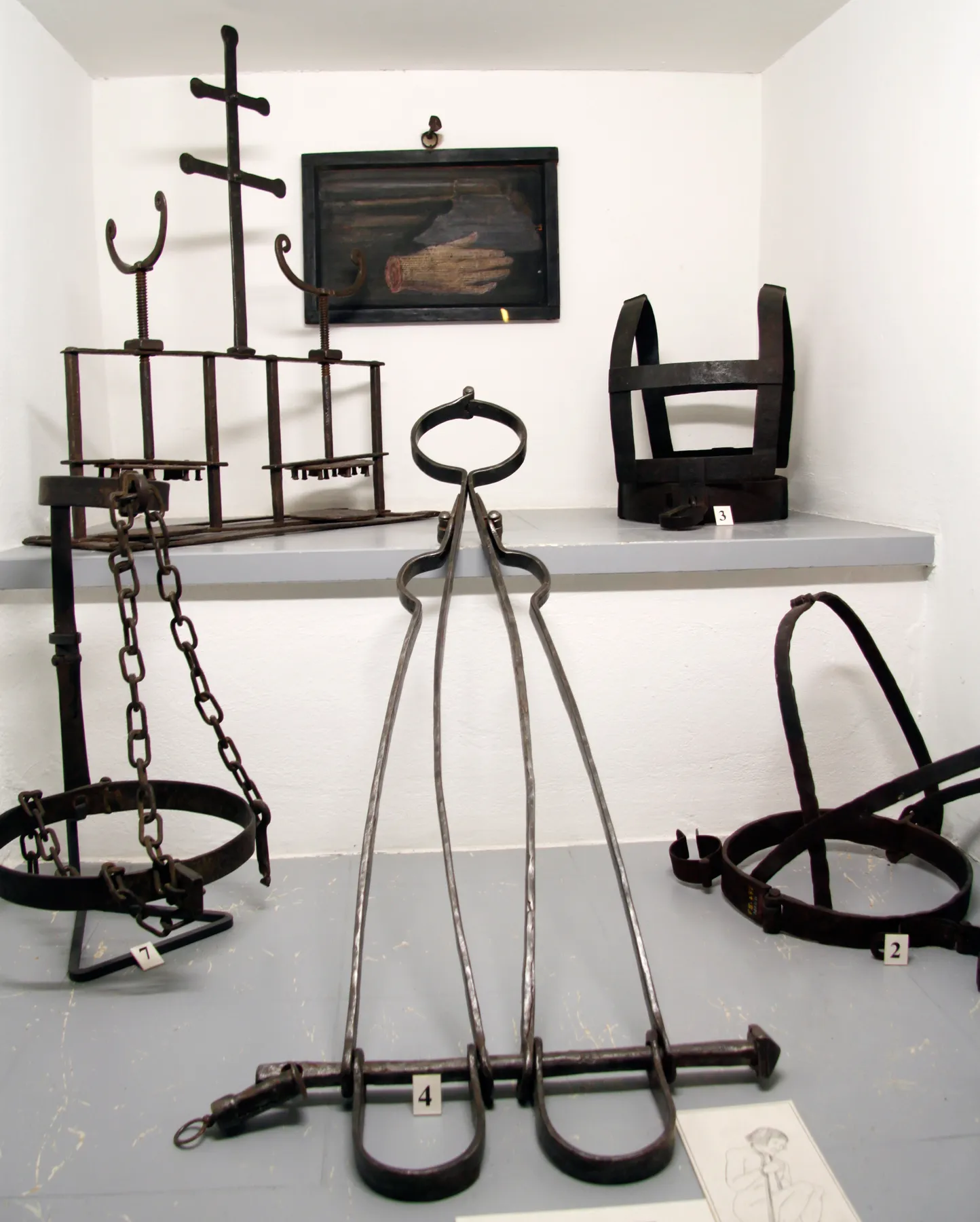
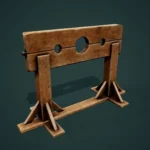
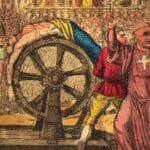
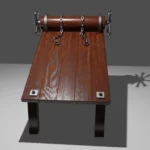
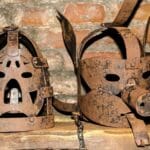
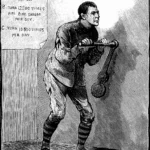











Comments are closed.